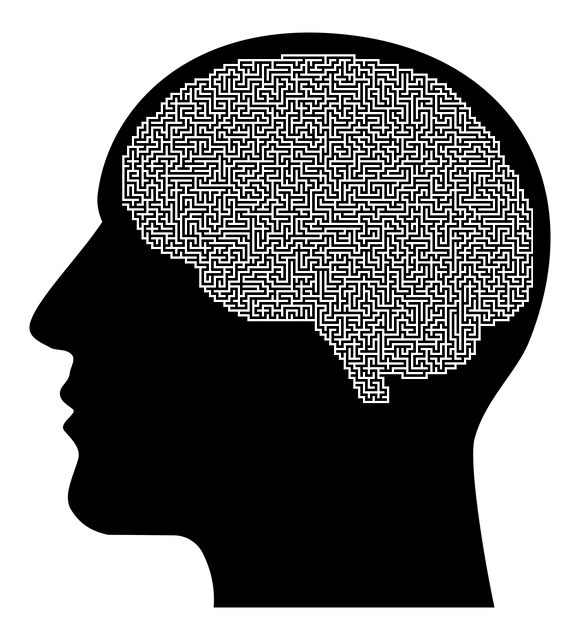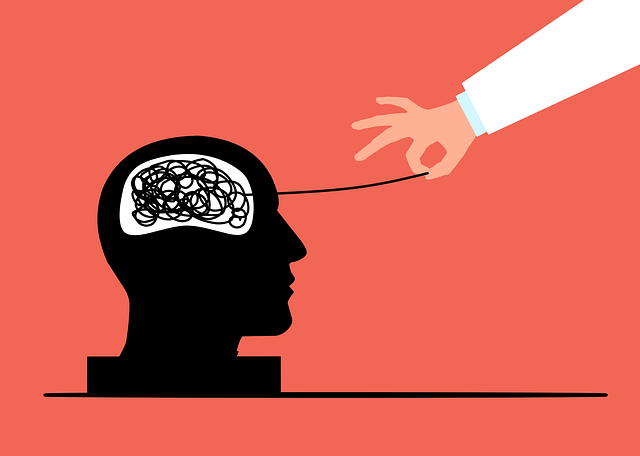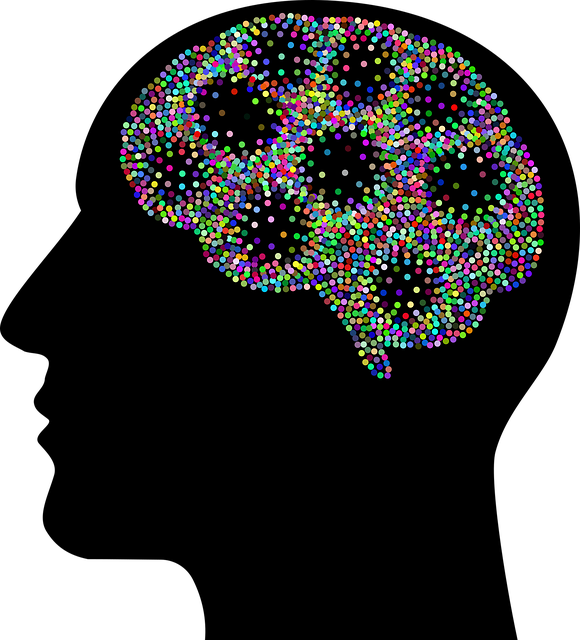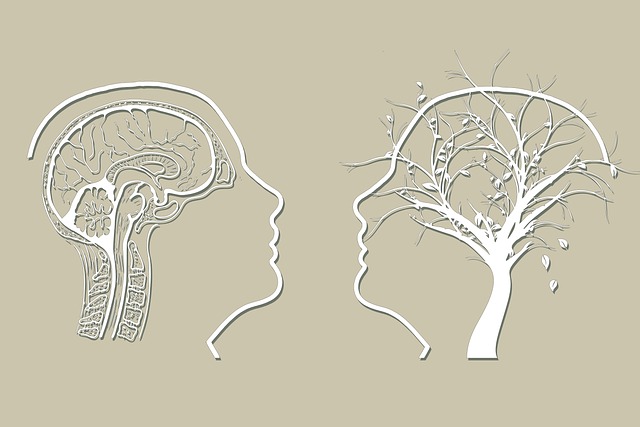Adjustment Disorder is a common but often overlooked mental health issue among teens, caused by significant life changes or trauma, leading to anxiety, depression, and irritability. Specialized therapy, including risk assessments, journaling exercises, mindfulness, cognitive-behavioral techniques, and goal-setting, helps build resilience and improve daily functioning. Journaling provides a safe space for teens to express emotions, track triggers, manage stress, and develop emotional regulation skills, ultimately empowering them in their mental health journey. Incorporating structured journaling routines, mental wellness coaching, and creative writing promotes self-awareness, coping mechanisms, and progress tracking, revolutionizing Therapy for Adolescent Teens Adjustment Disorder treatment.
Mental wellness journaling offers a powerful tool for adolescent teens struggling with adjustment disorder. This article guides you through understanding this common yet manageable condition, harnessing the therapeutic benefits of journaling, establishing a structured routine, and employing effective writing prompts. Learn how to track progress and celebrate achievements as you equip yourself with valuable coping mechanisms for improved mental health. Discover the transformative potential of journaling as a therapy for adolescent teens with adjustment disorder.
- Understanding Adjustment Disorder in Adolescent Teens
- The Power of Journaling for Mental Wellness
- Creating a Structured Journaling Routine
- Effective Writing Prompts and Techniques
- Tracking Progress and Celebrating Achievements
Understanding Adjustment Disorder in Adolescent Teens

Adjustment Disorder is a common yet often overlooked mental health challenge among adolescent teens. This condition arises when a young person struggles to cope with significant changes or stressors in their life, such as moving schools, losing a loved one, or experiencing trauma. Symptoms can include feelings of anxiety, depression, irritability, and difficulty concentrating, which may significantly impact their daily functioning.
Therapy for Adolescent Teens with Adjustment Disorder involves various evidence-based approaches. Mental health professionals conduct thorough risk assessments to gauge the severity of symptoms and identify any underlying factors contributing to the disorder. Mental wellness journaling exercise guidance can be a powerful tool in therapy, encouraging teens to express their emotions, track triggers, and reflect on coping strategies. Additionally, stress reduction methods like mindfulness and cognitive-behavioral techniques help adolescents develop healthier ways of managing challenging situations, fostering resilience, and improving overall mental wellness.
The Power of Journaling for Mental Wellness

Journaling has emerged as a powerful tool for mental wellness, especially for adolescent teens navigating adjustment disorders. It offers a safe and personal space to express emotions, reflect on experiences, and gain clarity. By putting pen to paper, individuals can externalize their thoughts, which helps in managing overwhelming feelings and promotes emotional regulation. This practice fosters inner strength development by encouraging self-awareness and self-acceptance.
For teens struggling with adjustment disorders, a journal can serve as a form of therapy. It allows them to make sense of their experiences, process complex emotions, and track their progress over time. Through consistent journaling practices, adolescents can learn stress management techniques, improve coping strategies, and develop resilience. This simple yet effective method empowers teens to take charge of their mental health and cultivate a healthier relationship with themselves.
Creating a Structured Journaling Routine

Creating a structured journaling routine can be a powerful tool for adolescents navigating Adjustment Disorder and seeking therapy. By dedicating a consistent time each day to write down thoughts, emotions, and experiences, teens can develop self-awareness and gain valuable insights into their mental health journey. This practice serves as a form of self-care, allowing them to process their feelings in a safe and private space. A simple routine could involve starting the day with a few pages dedicated to reflecting on the previous evening’s sleep quality and setting positive intentions for the day ahead. Alternatively, ending the day with a review of the most challenging moments and accomplishments can promote better understanding of one’s triggers and achievements.
Incorporating mental wellness coaching programs or stress management workshops into this routine can enhance its effectiveness. These structured activities provide guidance on navigating specific emotions, such as anger or anxiety, offering strategies to manage them effectively. Moreover, cultural sensitivity in mental healthcare practice is essential; journaling prompts that resonate with an individual’s background and experiences can foster a deeper connection and encourage more authentic expressions. Regular reflection through journaling can empower teens, helping them develop coping mechanisms and a sense of agency in managing their Adjustment Disorder, ultimately contributing to improved mental wellness.
Effective Writing Prompts and Techniques

Encouraging adolescents with adjustment disorders to engage in mental wellness journaling can be a powerful therapeutic tool. Writing prompts that focus on specific aspects of their daily lives, emotions, and thoughts can help teens process and understand their feelings better. For instance, prompts like “Describe a day when you felt particularly calm” or “What activities make you feel most connected to yourself?” encourage reflection and self-awareness. These exercises allow them to identify patterns in their emotional responses, which is crucial for managing symptoms of adjustment disorders.
Incorporating various techniques can enhance the journaling experience. Free writing allows teens to express themselves without restriction, while structured prompts guide them through specific topics. Some may find it beneficial to set a timer for short, intense writing sessions, known as timed writing, to encourage rapid emotional release. Additionally, incorporating creative elements like drawing or collage alongside written entries can provide alternative avenues for expression, especially for those who find words challenging. This diverse approach aligns with the Mental Health Policy Analysis and Advocacy focus on holistic well-being and can be a game-changer in Therapy for Adolescent Teens Adjustment Disorder treatment, even contributing to the production of a successful Mental Wellness Podcast Series.
Tracking Progress and Celebrating Achievements

Tracking your progress is a vital part of any mental wellness journey. By regularly reviewing your journal entries, you can identify patterns, gain insights into your emotional state, and celebrate small wins that lead to significant improvements over time. This process allows you, especially adolescents navigating adjustment disorders, to visualize your growth and feel empowered by your achievements. It’s like mapping a treasure hunt where each entry is a clue to your personal success story.
As you document your experiences, set specific goals tailored to managing symptoms associated with adjustment disorder or other mental health challenges. For instance, if one of your objectives is to improve sleep quality, mark down the days when you stick to a consistent sleep schedule and reflect on the positive impact it had on your mood and overall well-being. Recognizing these milestones can be incredibly motivating, encouraging you to continue engaging in therapeutic practices such as those taught through mental health education programs design or conflict resolution techniques.
Mental wellness journaling can serve as a powerful tool for adolescent teens struggling with adjustment disorder, offering a safe space for self-expression and emotional processing. By incorporating structured routines, engaging in effective writing prompts, and tracking progress, teens can enhance their mental resilience and foster personal growth. This holistic approach complements traditional therapy for adolescent teens with adjustment disorder, empowering them to navigate life’s challenges with increased coping mechanisms and a sense of accomplishment.









